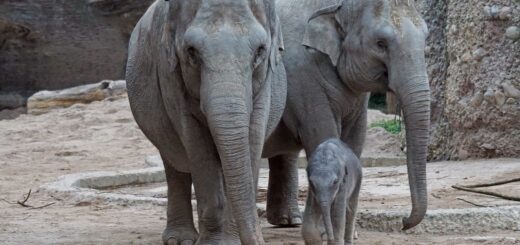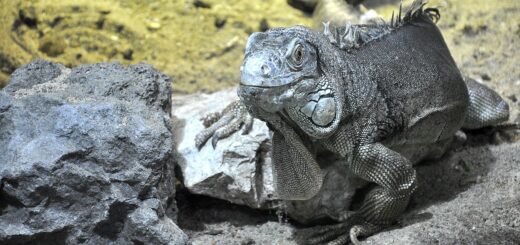Energetics and food needs of free-ranging wild mammals, birds, and reptiles
Citation
Nagy K. 2011. Energetics and food needs of free-ranging wild mammals, birds, and reptiles. In Ward A, Coslik A, Maslanka M, Eds. Proceedings of the Ninth Conference on Zoo and Wildlife Nutrition, AZA Nutrition Advisory Group, Kansas City, MO.
Abstract
The minimum metabolic rates (“basal” for endotherms and “standard” for ectotherms) of birds, mammals and reptiles are determined mainly by body size (mass), but that explanation may not work for field metabolic rates (FMR, or total daily energy requirement), which include additional energetic costs of activity, temperature regulation, foraging and food digestion, growth and reproduction, and social interactions, along with energy savings from torpor, hibernation and estivation. We now have enough measurements of FMR (via the doubly labeled water method) for different sized birds, mammals and reptiles to evaluate general patterns in the influence of body mass (“scaling”) on FMR in these groups, and to discover interesting deviations in the FMR of some species from their expected FMR (Nagy et al., 1999). Because daily energy needs largely determine the daily food needs of a wild animal, we can use information about field diets, along with published values for energy content and digestibility in the main food types, to calculate the amount of food needed each day by free-ranging terrestrial vertebrates. The scaling relationships (allometric equations) for food requirements for various groups of vertebrate animals, such as desert marsupials or carnivorous reptiles, can be used to predict the field food requirement of an animal from its body mass (Nagy, 2001). The results reveal some unexpected differences and similarities between and among groups of animals. Copies (pdf) of both review articles are available via e-mail to: kennagy@biology.ucla.edu.
 18_Nagy.pdf 75 KB
18_Nagy.pdf 75 KB








